Many thanks to SWLing Post contributor, Mike Ladd, for the following guest post and overview of setting up and using the Soft66RTL3 SDR:
Soft66RTL3 SDR: A low cost…Good performer direct from Japan
by Mike Ladd
Much has changed in the last 8 years in the world of SDR radios. Fast forward to 2016 and just about everyone in the hobby has heard the buzz word “SDR radio”. When SDRs first came out to the market they were all aimed at HF listening and you had two types to pick from. The first being soundcard based and the second being direct sampling. The price gap between the two were several hundred dollars. The more expensive being direct sampling. As the hobby progressed, so did the technology and the prices started to shift dramatically.
You can now purchase a TV dongle for $10.00 and turn it into a SDR. The Soft66RTL3 is basically a TV dongle but with a lot more features.
The Soft66RTL3 comes from an engineer who is no stranger to the world of SDRS. Kazunori Miura (JA7TDO) has been designing and selling many models of SDRS over the internet and shipping them direct from Japan for about 7 years. The Soft66RTL3 is his latest of model hot off his bench. This SDR is a dual input RTL-SDR with a built in 50 MHz upconverter along with 4 user selectable band pass filters that greatly increase your signal to noise ratio in the HF bands.
The frequency range of the RTL3 is from DC to Daylight (0.4 kHz to 1.7 GHz). Miura also addressed a heat issue with the previous version (RTL2) by adding a thermal pad and heatsink. RTL dongles are notoriously unstable due to overheating. In theory, the thermal pad should add frequency stability and keep drift to a minimal.
The last feature of the RTL3 is the input gain trimmer pot (see image above). The trimmer pot is for the HF side of the SDR and is already set before it’s shipped from Japan. If you would like to reduce or increase it the trimmer pot is easily accessible. I would suggest leaving it as is.
The RTL3 is broken down into two sections: the HF input side and the VHF/UHF input side.
The HF side of the SDR (above) has a red rotary encoder and trimmer pot port. The VHF/UHF side (below) has the USB Mini-B connection.
Both sides of the RTL3 terminate to a SMA-Male connection and Power comes from a single USB Mini-B cable.
If you look at the rotary encoder (red cap cover) you will see a small notch window. The 12 o’clock position is #5 on the encoder dial. One click clockwise will take you to switch position #6 and one click counterclockwise will take you to #4. You should pull the red cap cover off to have a look and get your bearings.
The band pass filter selection is as follows:
- #4 enables BPF 0.4 to 1.2MHz
- #5 enables BPF 1.2MHz to 5MHz
- #6 enables BPF 5MHz to 15MHz
- #7 enables BPF 15MHz to 30MHz
- #8 or #9 enables the VHF UHF side of the SDR
All other positions will bypass the filtering section on the HF side of the SDR.
Installation
If you already have a RTL-SDR on your system then all you need to do is swap it out with the RTL3 and change the offset of -50,000,000 in HDSDR or SDR# to listen to the HF side of the RTL3–but if this is your first SDR we will need to install 2 items: the front end app and the driver.
I will assume your system is Win-7 or better and we will be using SDR# as our program of choice to drive the RTL3. The RTL3 runs just fine in HDSDR and SDR-Console, but by choosing SDR# it will reduce our setup time considerably.
- Plug in the RTL3
- Make a folder on your desktop and name it SDR#
- Download the latest version SDR# from www.airspy.com and copy the contents of the zip file to your newly created SDR# folder
- Inside of your SDR# folder, double click on install-rtlsdr
- After the batch completes, double click on the “zadig.exe” inside your SDR# folder
When you run the “zadig.exe” make sure you select “list all devices” as shown above.
The next 3 steps are:
- Select “Bulk-In Interface” (Interface 0)
- Make sure the proper USB device is selected (2838)
- Click “install driver”
The RTL3 is now ready to be used and no further setup is required.
For a more detailed installation I would visit RTL-SDR.COM for a complete setup instructions: http://www.rtl-sdr.com/rtl-sdr-quick-start-guide
I will assume you did not have any issues setting up the ZADIG driver and now move on to using the RTL3 inside of SDR#. I will show you real world conditions that are not from any scientific standpoint.
Antenna wise, for the HF side I will be using a G5RV mini and for the VHF/UHF side I will be using a Scanntenna ST-2.
You can now launch SDR# and check the following settings (see image below).
For the VHF/UHF side of the RTL3 you will want the rotary encoder on position #9. You want the cutout in the encoder cap showing the 5 o’clock position.
Summary
I have been using this SDR for a little over 3 months. Out of all the low cost SDR’S on the market, this one gives you the most bang-for-your-buck and it is a great entry level SDR with some “Pro” features.
Pros:
- Low Price
- HF VHF/UHF in one package
- Works with any app that supports the RTL-SDR front end
- 4 user selectable band pass filters for HF
- Highly sensitive user controlled input RF amp
- Small & very compact metal case
- Dual input SMA jacks
- ESD protection diode
Cons
- Some intermod in the 460-470 MHz range
- Inputs are on opposite sides of the SDR body
The Soft66RTL3 price is $40.00 US shipped–click here to order.
Mike, thank you so much for this excellent overview of the Soft66RTL3! I’m especially appreciative of the time you’ve taken to explain the installation process–for many, this is one of the more difficult RTL-SDR learning curves.
I’m very tempted to check this out for myself–I love the fact that this little SDR has bandpass filters.
Post Readers: I suspect Mike will monitor the comments in this post, so feel free to ask questions. Make sure to check out Mike’s website, where you’ll find more articles about software defined radios.

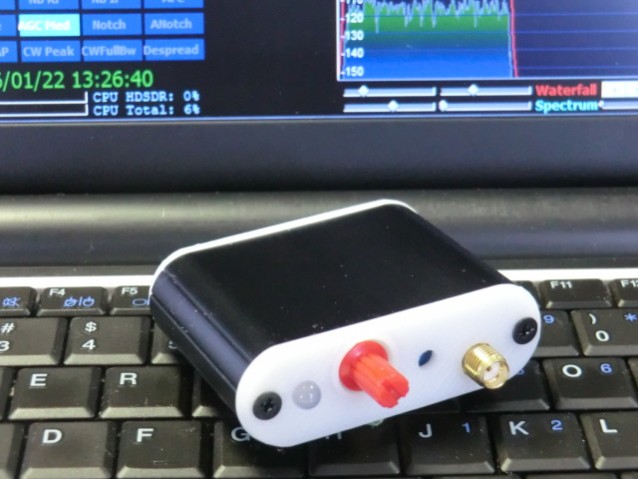
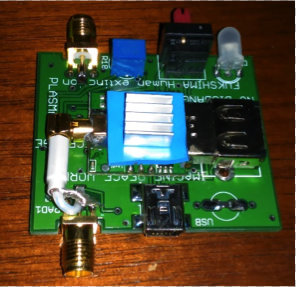
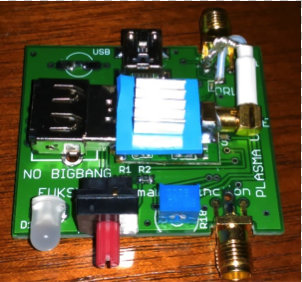
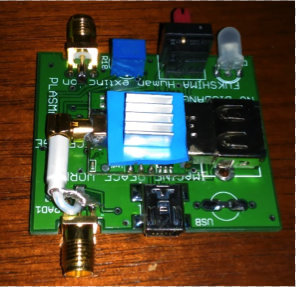
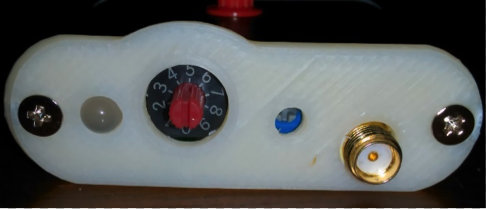
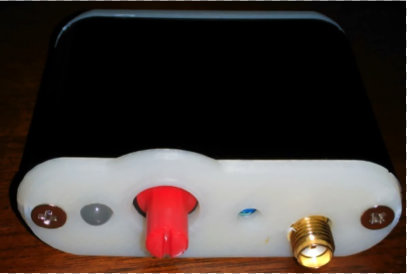
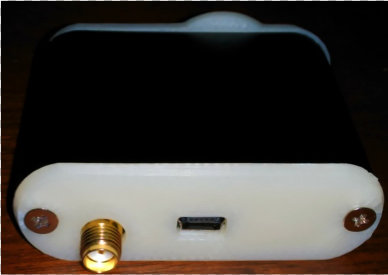
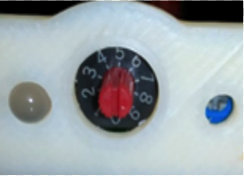
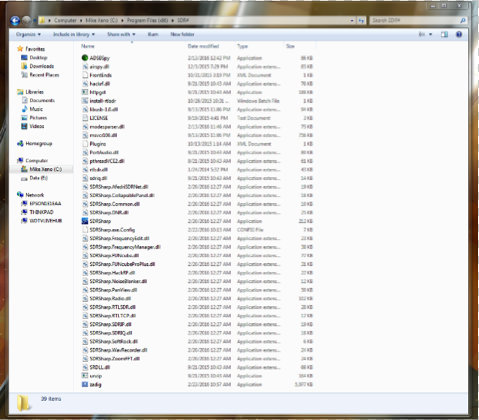
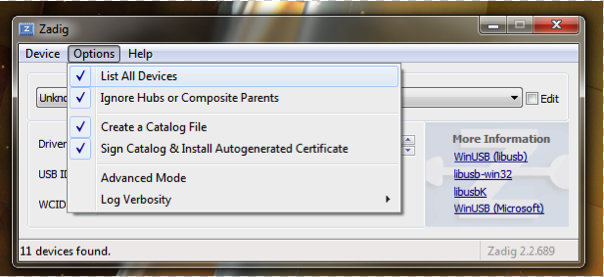
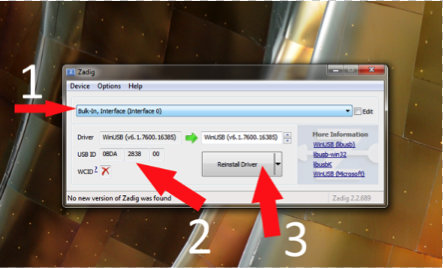
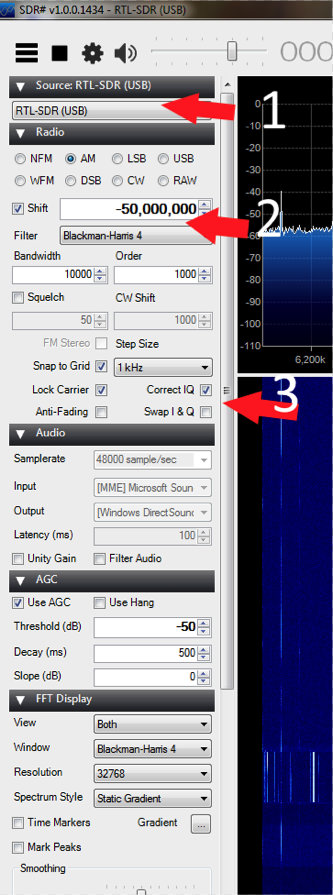
I got a soft66rtl a year ago. On the VHF side, I can receive the airport about 20 miles away but I can’t get a 2m repeater 12 miles away. The HF side is completely dead. I tried every fix/driver on the web. This is defiantly going int the bad experience wast of time trash. BTW I did get a TV dongle for the VHF and it’s working fine.
why will it not pick up broadcast am radio ive got rtlsdr’s and i cant get any am radio only my funcube dongle will hear am radio..ive always wondered why this is ??
For BC AM turn the tuners gain way down otherwise it will over load.
Are you sure the lower end of the range is 0.4 kHz, not MHz? Have you tried receiving anything in that region?
From my QTH (NYC USA) I can only pick up the NAA US Navy Cutler @ 0.024
Huh, I guess the store is just a bit unclear about this (only says 0.4-1.2 MHz). Thanks!
I’m a little confused. 0.4-1.2 is one of the band pass filter ranges (#4) You asked I have ever received anything in that range. I replied with saying I actually received stuff even lower @ 0.025 which is the NAA US Navy Cutler station.
https://en.wikipedia.org/wiki/VLF_Transmitter_Cutler
I just ordered one of these the other day, and I’ve been antsy for it to get here ever since. I just wanna ask, though; am I the only one who’s noticed the “NO BIGBANG” and “FUKSHIMA [sic] Human extinction” silkscreened on the board? Curious.
Actually when I opened my unit I could not stop laughing. Some engineers have a off the wall sense of humor.
When I opened my unit I could not stop laughing. Some engineers have a off the wall sense of humor.
I did look for the SMD birdseed, and I couldn’t see it.
That’s why I asked the question.
Even birdseed should be visible.
Has anyone got a picture of the birdseed then ?
😉
All these bandpass filters, and not any capacitors or inductors to be seen ?
Have I missed something ?
This is a recever and the only reason for the bandpass filters is large-signal response. Therefore the filters can be made from “SMD bird seed”.
Those SMD inductivities are quite low-Q: A ferrite bar 2-3 mm long with a few windings of very thin wire. But you do not need these filters to suppress mirror frequencies.
Compare the RSPplay specs at http://www.sdrplay.com/docs/SDRplay_Technical_Information_r1p5.pdf: The filter frequency responses are not that spectacular but do their task.
Several important steps are missing at the installation procedure – add them at the end:
* Let the unit warm up for at least half an hour. This is how long a DX Patrol drifts and I see no reason why it should be any different here.
* Receive a VHF/UHF transmitter which is known to be on its nominal frequency.
* In the SDR setup window set the PPM setting so the spectrum of the transmitter is shown on the right frequency. You can set the frequency in 1 ppm steps which means 100 Hz at 100 MHz. You see a systematic limitation of the RTL-SDR concept.
* Switch to a SW broadcast transmitter, e.g. in the 31m band.
*Modify the 50 MHz offset to move the carrier frequency into the 5 kHz grid. My DX Patrol uses a 40 MHz offset and was 440 Hz off.
You will find that the zero-beat will move over frequency: At 50 MHz your frequency can be up to 25 Hz off with no possibility to correct that all over the range. At 80 MHz, the upper end of the SW range, your frequency might be 40 Hz off. Those 40 Hz shift the zero-beat against the frequency grid.
Forget to receive SSB or so by simply setting the receiver to the nominal frequency. For ham radio the signal might still be readable. But definitely forget any AM broadcast reception.
If you wish to do that buy a RSPplay.
“Forget to receive SSB or so by simply setting the receiver to the nominal frequency. For ham radio the signal might still be readable. But definitely forget any AM broadcast reception.”
“If you wish to do that buy a RSPplay.”
Not sure what you are talking about, the Soft66rtl3 receives SSB and AM Broadcast just fine…
> Not sure what you are talking about, the Soft66rtl3 receives SSB
> and AM Broadcast just fine…
I never denied that it can decode such signals. I talked about frequency accuracy and stability.
The RTL-SDR work below 40 MHz or so by mixing the input signal up into the reception range of tuner chip. Therefore you have several problems:
* The 40 or 50 MHz oscillator for the up-mixer has some offset from the nominal frequency. Above I describe how this can be compensated.
* This oscillator has its temperature drift.
* The RTL-SDR itself contains a separate oszillator that has the same problems as above, but to a much larger degree: It receives SW in the 40…80 MHz range where a relative frequency stability of 10 E-6 or so means a much higher frequency error than at 10 MHz or so.
* The offset compensation of the RTL-SDR systems I know is limited to 10 E-6 steps. At 50 MHz that means that the compensation can be done no finer that in 50 Hz steps. At 80 MHz that are 80 Hz steps. So on MW your receiver might be up to 25 Hz off and at 30 MHz 40 Hz off. You not even get a constant offset all across the 0…30 MHz range.
The bottom line: If you receive an AM station and see in the waterfall diagram that the interference is on one sideband only, you might want so receive the station on the other sideband. With a RTL-SDR receiver you cannot expect to get a readable signal as soon as you switch from AM to SSB. First you have to fine tune your receiving frequency for a few 100 Hz. If your receiver has not already run for half an hour or so you will constantly retune to compensate the temperature shifts of bothe oscillators.
Considering that nearly all SSB transmitters have digital VFOs these days, most QSOs are done at a xxx.0 or xxx.5 kHz carrier frequency which greatly eases tuning to a SSB station. If you set your receiving program to 500 Hz steps you can easily tune SSB signals. But the frequency uncertainty of the RTL-SDR technology prevents you from doing this. Quite often you must use 100 Hz steps to get readable signals.
Receivers like the RSPplay use a single master oscillator. They also mix up and then down again to base band. But most of the oscillator frequency error is compensated this way. I have no problem to sit down in my shack, turn on the RSPplay, tune to an AM station and the switch to SSB. Music might be a bit coarse because of the unavoidable phase shifts. But you must listen closely to hear that.